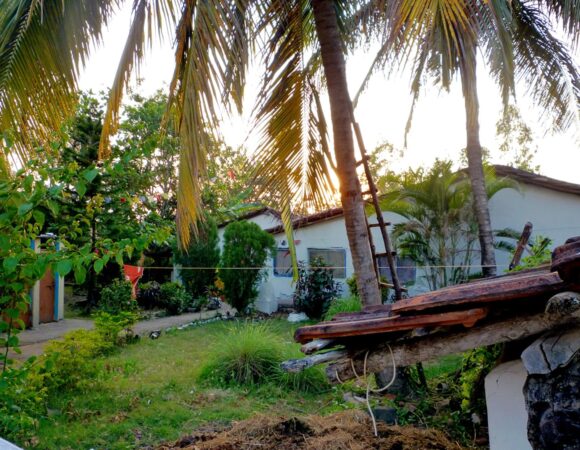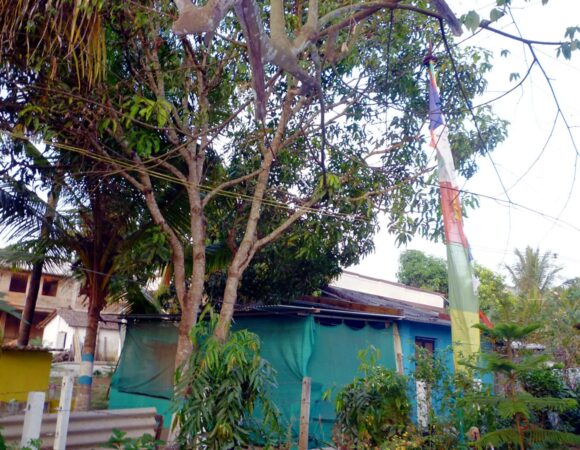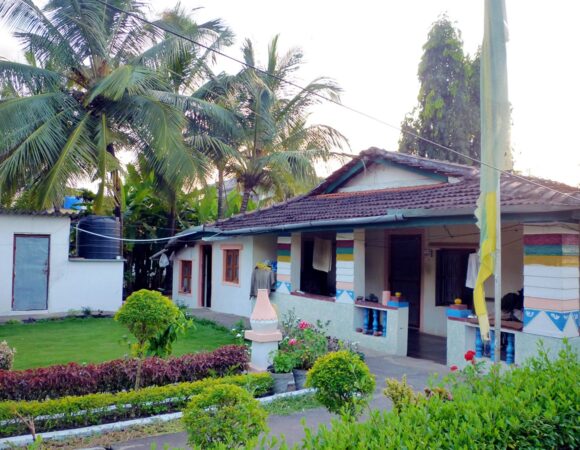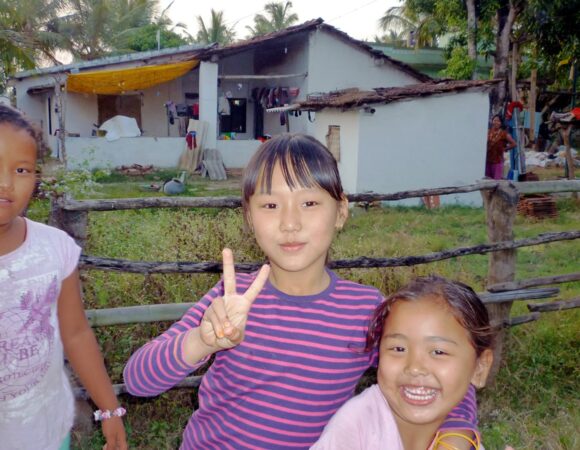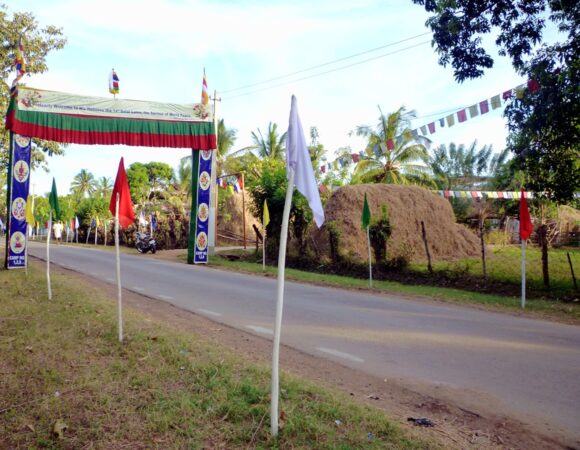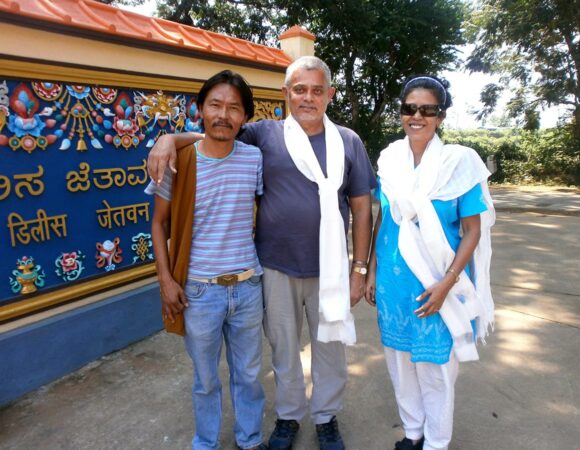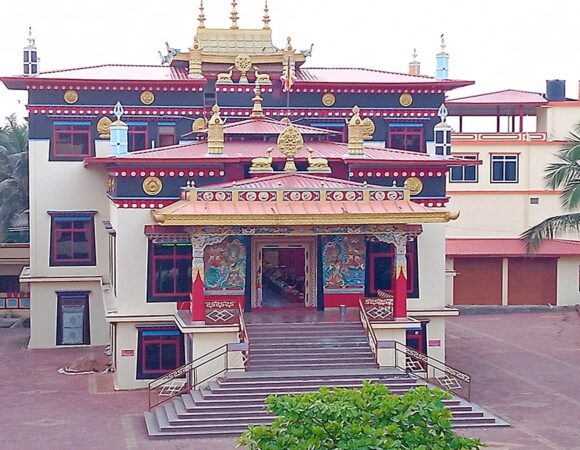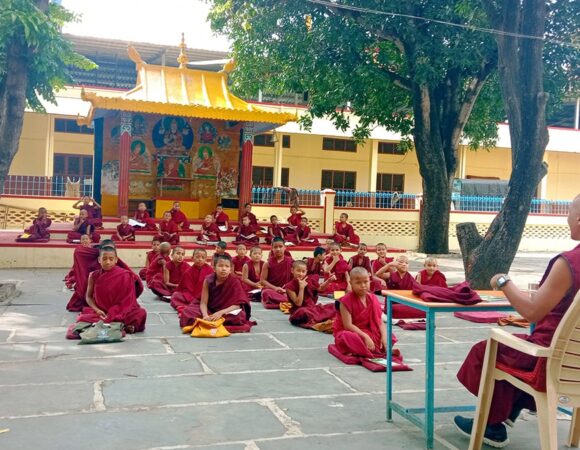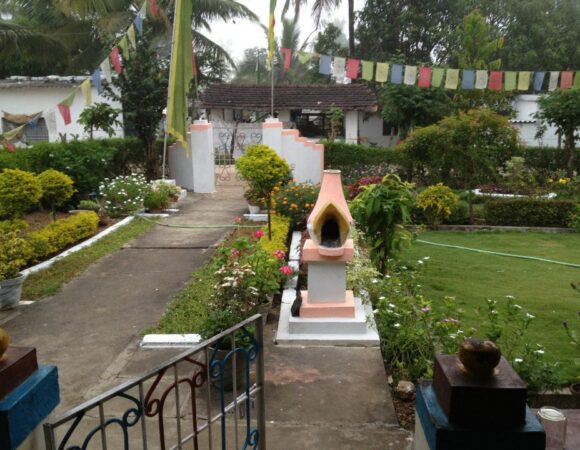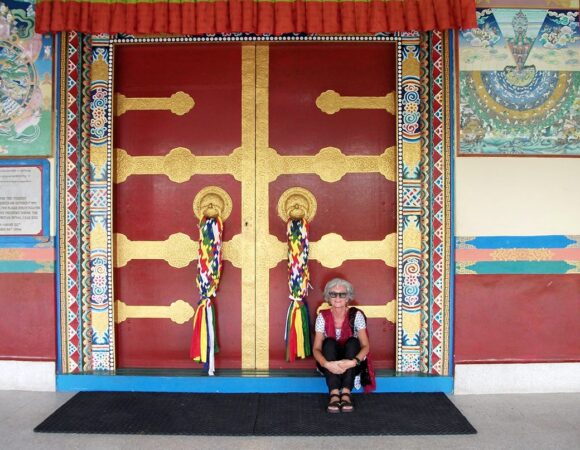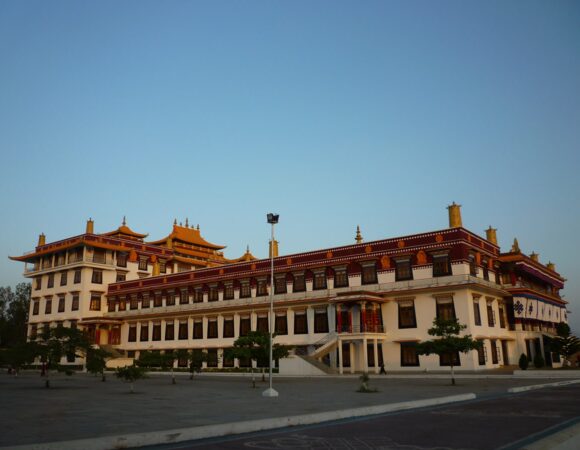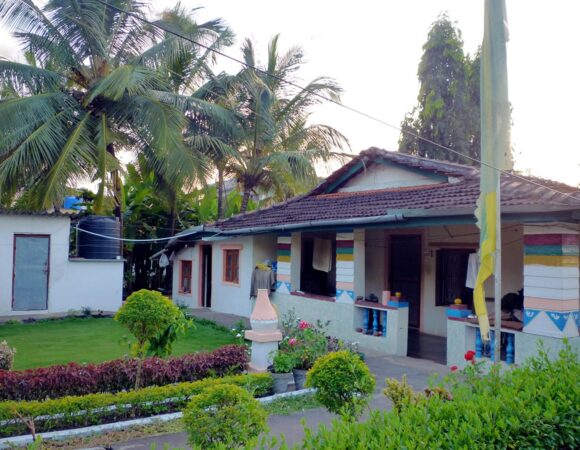- Home
- Mundgod
Mundgod: The Tranquil Heart of Tibetan Culture in India
Mundgod's Unique Appeal:
A Journey Through Transformation
Once an inconspicuous town, Mundgod now stands as a testament to the resilience of Tibetan refugees, showcasing their lifestyle and aspirations as they transition from tradition to modernity. The name "Mini Tibet" is indeed well-earned.
The Gift of Land and Settlement
In 1966, the Government of Karnataka generously provided 4,000 acres (16 square kilometers) of predominantly forested land near Hubli, adding to the four other Tibetan settlements in the state. This marked the birth of the Doeguling Tibetan Settlement in Mundgod, which has since become the world's largest concentration of Tibetan refugees, numbering over thirteen thousand.
A Special Permit for Visitors
To visit this captivating place, foreigners require a special permit, a process that typically takes 2 to 3 months through the Indian Home Ministry. However, once obtained, this pass remains valid for a year, allowing visitors to explore Mundgod at their convenience.
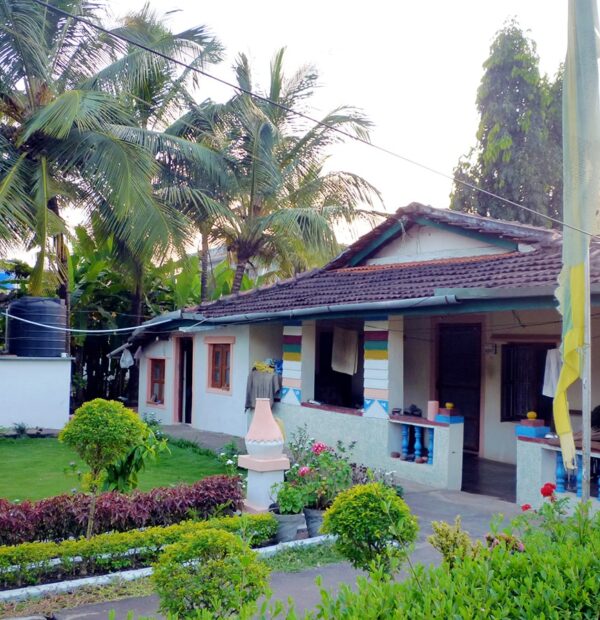
General Information:
Settlement Statistics
- Initial Population: 4,302
- Present Population: 13,400
- Total Tibetan Refugees in India: 85,000
A Complex Network of Villages
Monastic Centers
- Ganden Jangtse
- Ganden Shartse
- Nyingma
- Drepung Loseling
- Drepung Gomang
- Ratoe
- Kagyu Monastery
- Sakya Monastery
Mundgod is a notable hub for monastic education, with the Doeguling Monastic University mirroring Tibet’s historic Doeguling Monastic University, destroyed by the Chinese in 1959. Here, over 4,000 student monks from various countries receive rigorous Mahayana-Buddhist theological education while leading a simple monastic life. The settlement boasts more than 8,000 resident monks.
A Hub for Education and Healthcare
The Journey of Doeguling Tibetan Settlement
Settlement Location:
Situated in Tattihalli, Mundgod Taluk, Karnataka State, India, Mundgod is about 267 miles north of Bylakuppe and approximately 32 miles south of Hubli, the nearest railway station. Hubli is well-connected, lying 404 km northeast of Bangalore City, linked by a meter-gauge railway and the Bangalore-Pune National Highway. Mundgod sits at an altitude of approximately 1,800 ft. above sea level, with temperatures ranging between 78°F to 90°F and an average annual rainfall of 42" to 45".
The Vibrant Village Network
Mundgod's settlement is divided into 11 villages, with two exclusively designated for monasteries. These villages are spread across the area, with an average distance of 4 to 6 kilometers between each. Each village elects its leader, responsible for key decisions within their community, while an overall representative oversees the settlement.
Livelihood of Settlers
While many original families possess small agricultural plots, reliance on rainfed crop agriculture, due to a lack of irrigation facilities, is insufficient to sustain them. Therefore, settlers engage in trading, restaurants, shopkeeping, and seasonal sweater selling, among other activities.
A Hub of Services
Mundgod boasts a range of educational institutions, including nine nursery schools, eight pre-primary schools, one primary school, and two secondary schools. Healthcare services include a modern allopathic hospital, a Tibetan Medical and Astrological Institute, and several small health clinics in various villages. Seven monasteries, cooperative societies, old people's homes, and handicraft centers providing employment and preserving Tibetan traditions further enhance the settlement.
Administrative Structure
At the helm of the settlement is a Settlement Officer appointed by the Central Tibetan Administration (CTA) in Dharamsala. This officer oversees all aspects, from maintaining law and order to liaising with the CTA and external authorities. Additionally, each village has an elected group leader who serves as an intermediary, disseminating information and resolving disputes at a smaller, more personal scale.
Plan Your Visit to Mundgod
Explore the picturesque lanes and streets of Mundgod, filled with beautiful monasteries featuring exquisite statues of Buddha and Tibetan deities, incense sticks, and colorful chanting drums. Engage with the warm Tibetan community, observe children studying and playing, and witness monks in prayer and study.
One striking aspect you’ll notice is the industrious and cheerful spirit of the Tibetans. However, like young people worldwide, the youth in Mundgod are eager for change. They seek to embrace modern lifestyles, pursue higher education, and, in some cases, explore opportunities beyond the settlement.
Visiting Mundgod and staying with one of the families will transport you to Tibet, allowing you to experience the unique culture and resilience of the Tibetan people in the heart of India.

